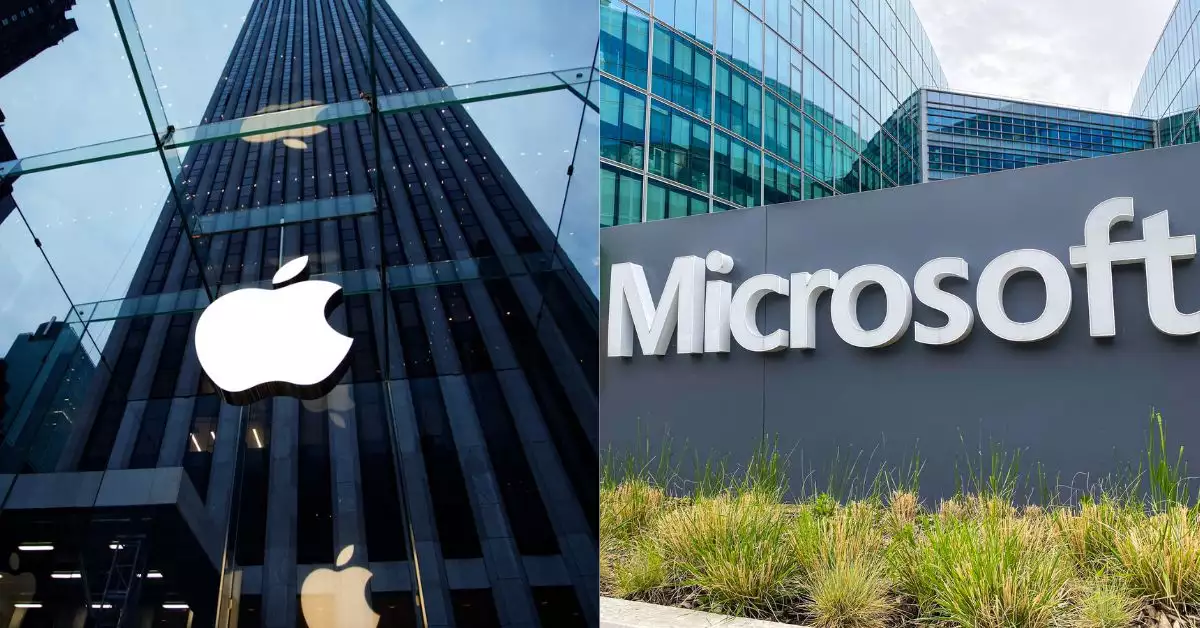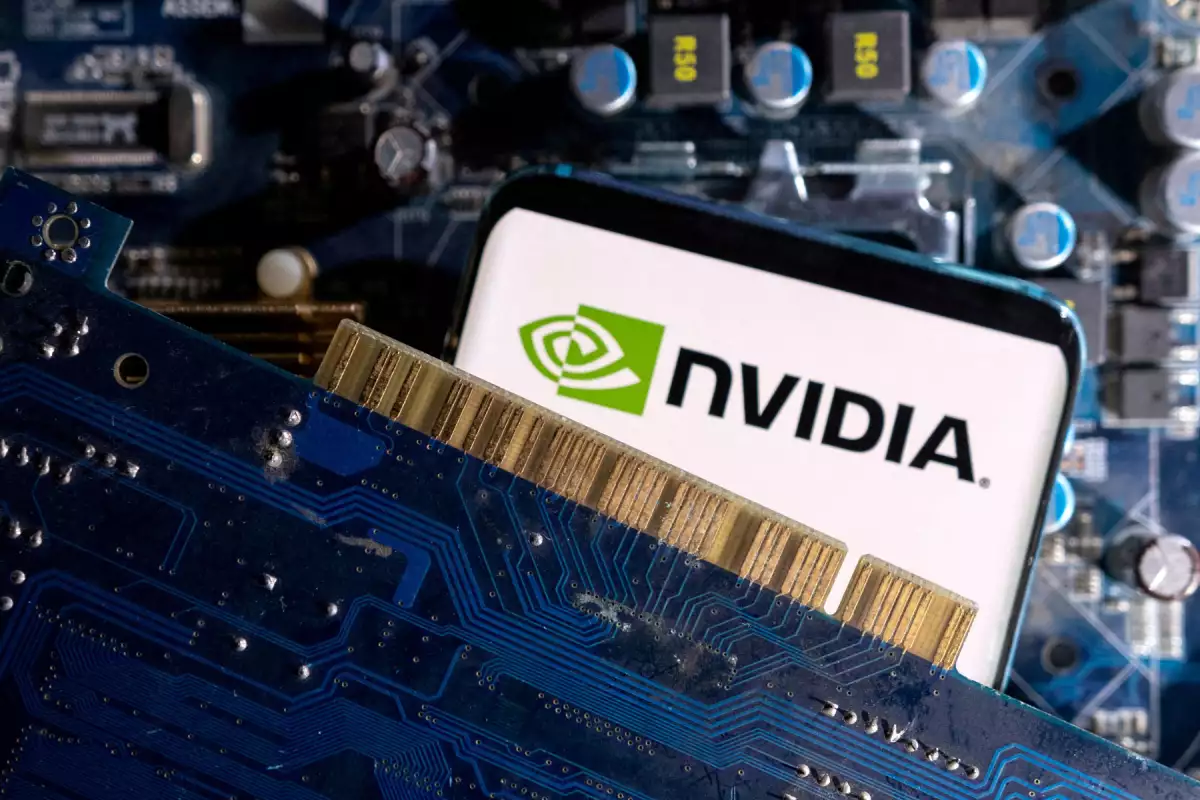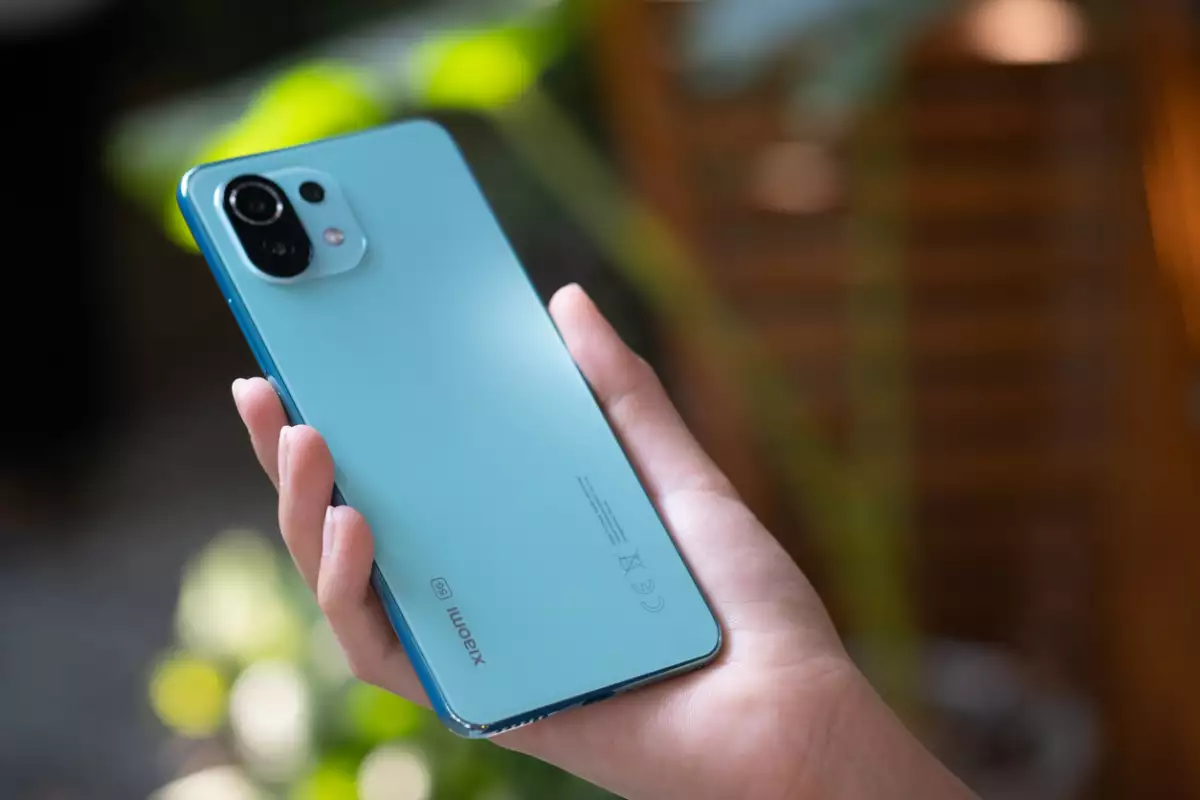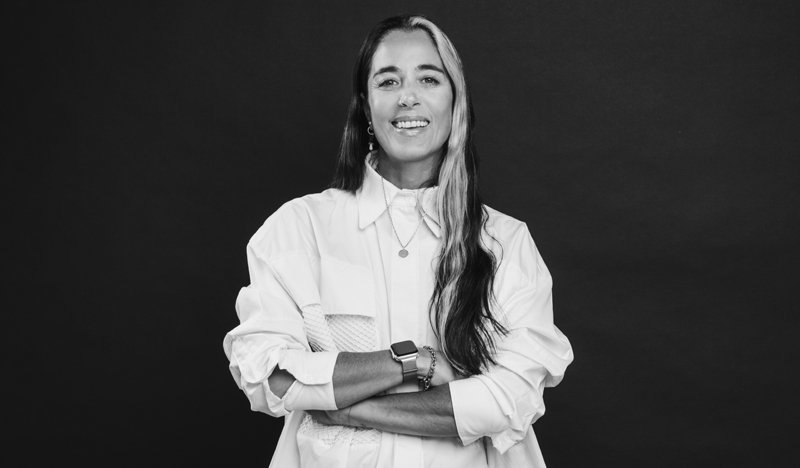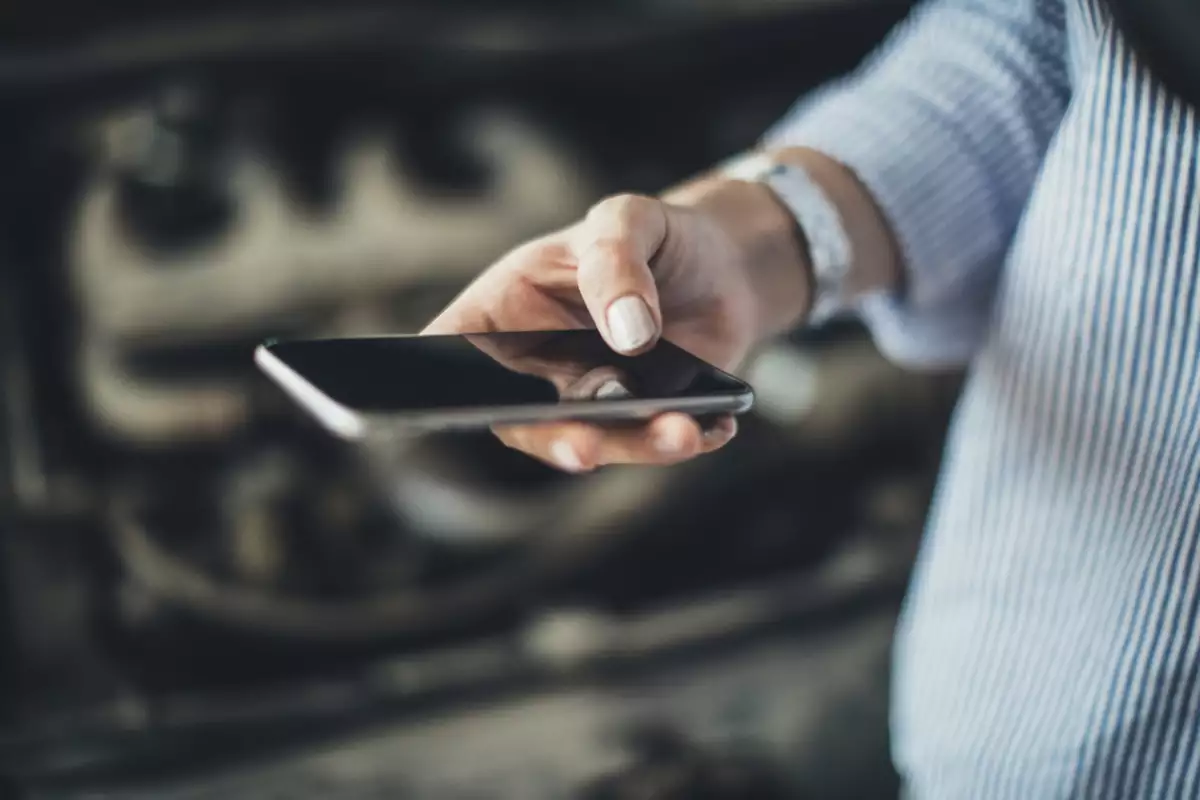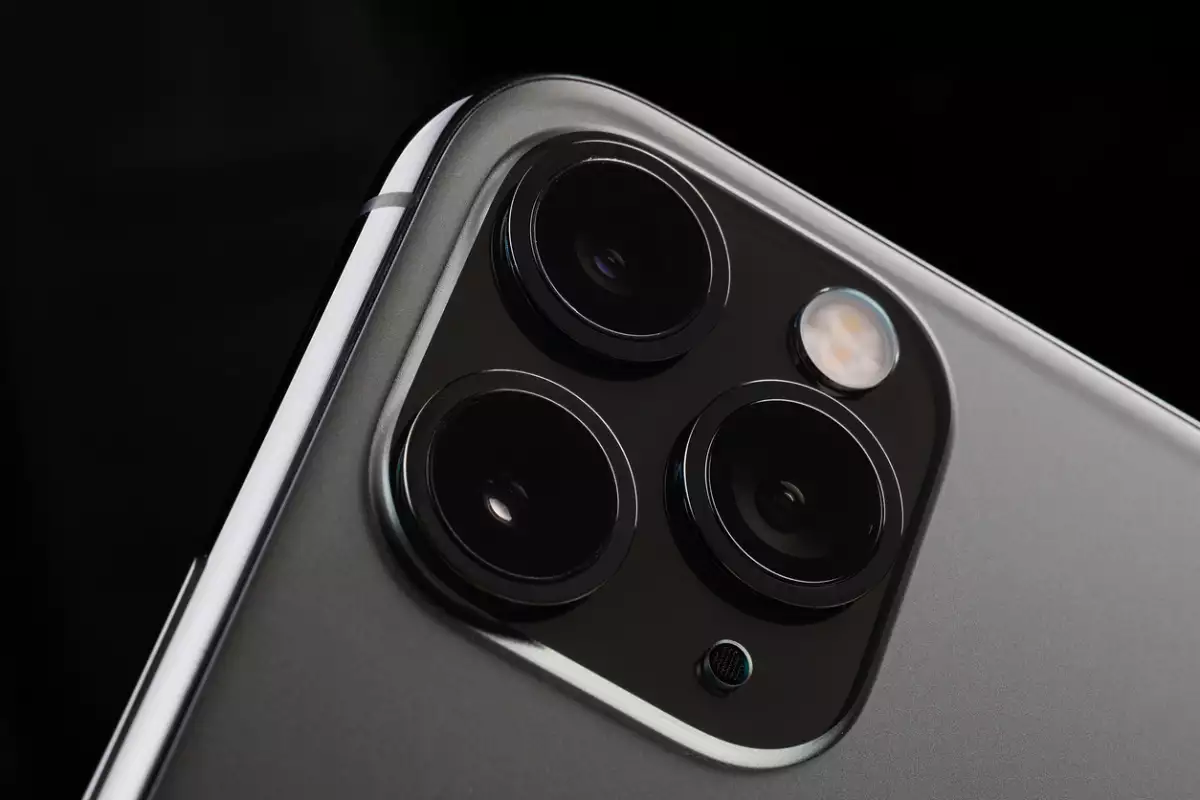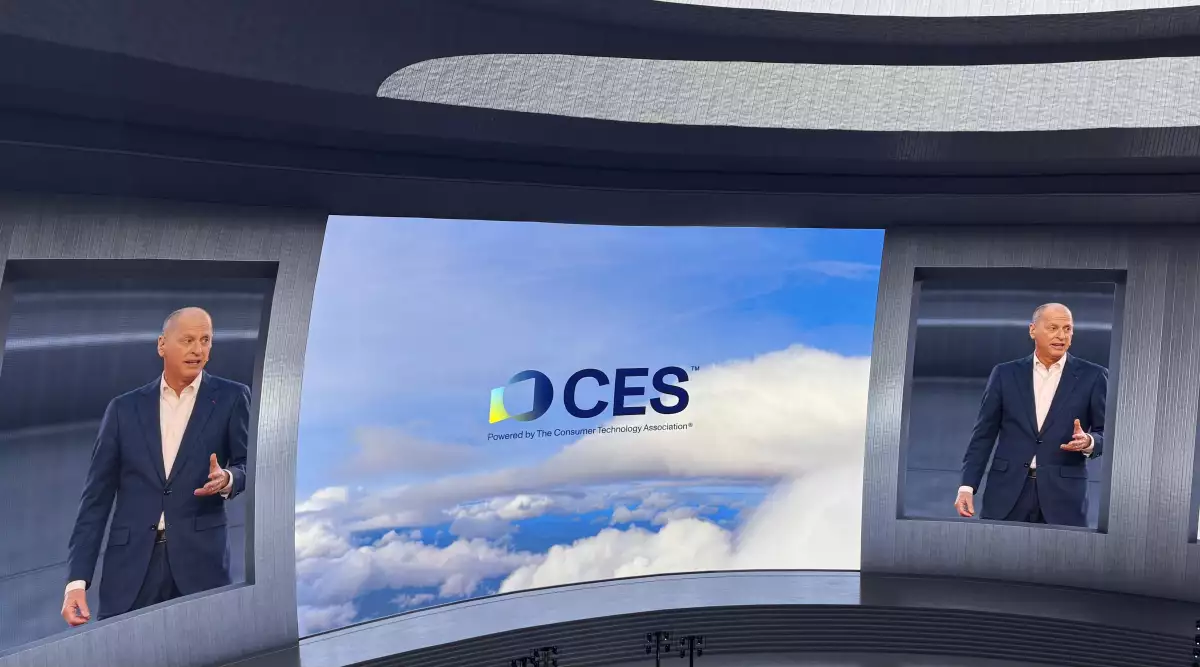
The future of consumer electronics: lots of software
Companies like Samsung showed off their latest developments in displays and home appliances at CES 2025, but the core of their innovation that steals the spotlight is software.
Las Vegas, Nevada – Screens everywhere, machines communicating with other machines, and a range of assistants powered by Generative Artificial Intelligence are solutions seen on the Las Vegas Convention Center show floor during CES 2025 .
For example, Samsung offered a tour of the future of displays, allowing us to see prototypes of phones that fold more than once, some screens that can be manipulated like paper, and even solutions that literally stretch like chewing gum. While these options are not yet available to the market, the company knows that the future of consumption lies in providing variety to consumers.
But this seems to excite users less than what happened a few years ago at the technology event. When Baillie, the brand's intelligent robot, was presented, many of the users who attended applauded the Korean brand's foray into the world of robotics and now that this product will be available in the first half of 2025, what draws the attention of journalists and attendees is the product's intelligence, that is, the software.
People’s trust in AI is essential for it to have the broad and positive impact anticipated, according to consulting firm Accenture. The majority (77%) of executives believe that the true benefits of AI will only be possible when a foundation of trust is built, and slightly more (81%) agree that the trust strategy must evolve in parallel with any technology strategy.
“While conventional technologies have long supported predetermined business needs, this is a generational moment of transition. The autonomy created by these pervasive AI systems can help organizations become more dynamic than ever before. It will enable leaders to rethink how digital systems are designed, how people work, and reinvent how they build products and interact with customers,” said Karthik Narain, Group Managing Director, Technology and CTO, Accenture.
Hardware developers themselves have sought to focus much of their efforts on the software they deliver. Samsung itself this year had a special focus on Knox and Bixby, its privacy and security system and its voice assistant, solutions that are gaining more confidence and weight among consumers.
And while some users see a smart home that makes decisions and makes their lives easier as a distant prospect, others are already living this reality. Cyberpunk science fiction writer William Gibson already anticipated that “the future is already here; it’s just not evenly distributed.”
The key some specialists see in the software push is collaboration. “Technologies are tools that are often applied to specific problems. But what differentiates a hammer from a jackhammer is that the latter is the combination of several tools that together create a more efficient tool. Rather than considering technologies in isolation, it is important to think of them as tightly integrated, with the ability to boost each other’s growth,” said Mike Bechtel, a technology analyst at Deloitte.
Looking at the case of Delta, an airline that has decided to partner with software companies such as Uber and YouTube, is part of the evidence of this path that outlines the future: more code in gadgets than we have already seen.
Examples of this trend can be seen on the exhibition floor at this edition: Samsung with Hyundai, Toyota and Mitsubishi Heavy Industries with space agencies to build lunar vehicles or Lululemon with biotechnology companies such as LanzaTech and Samsara Eco to develop more sustainable fabrics.
Leave a comment:
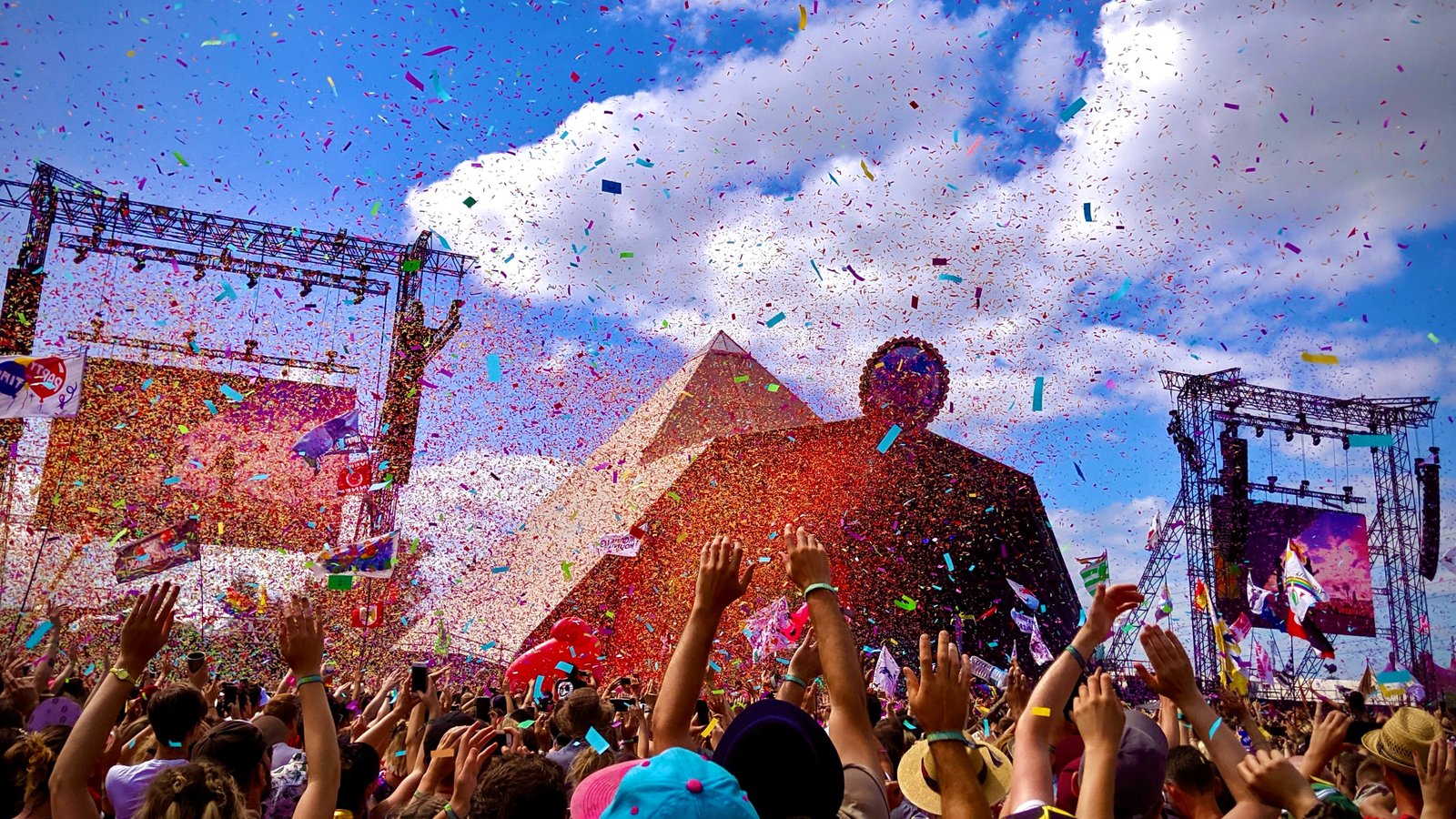
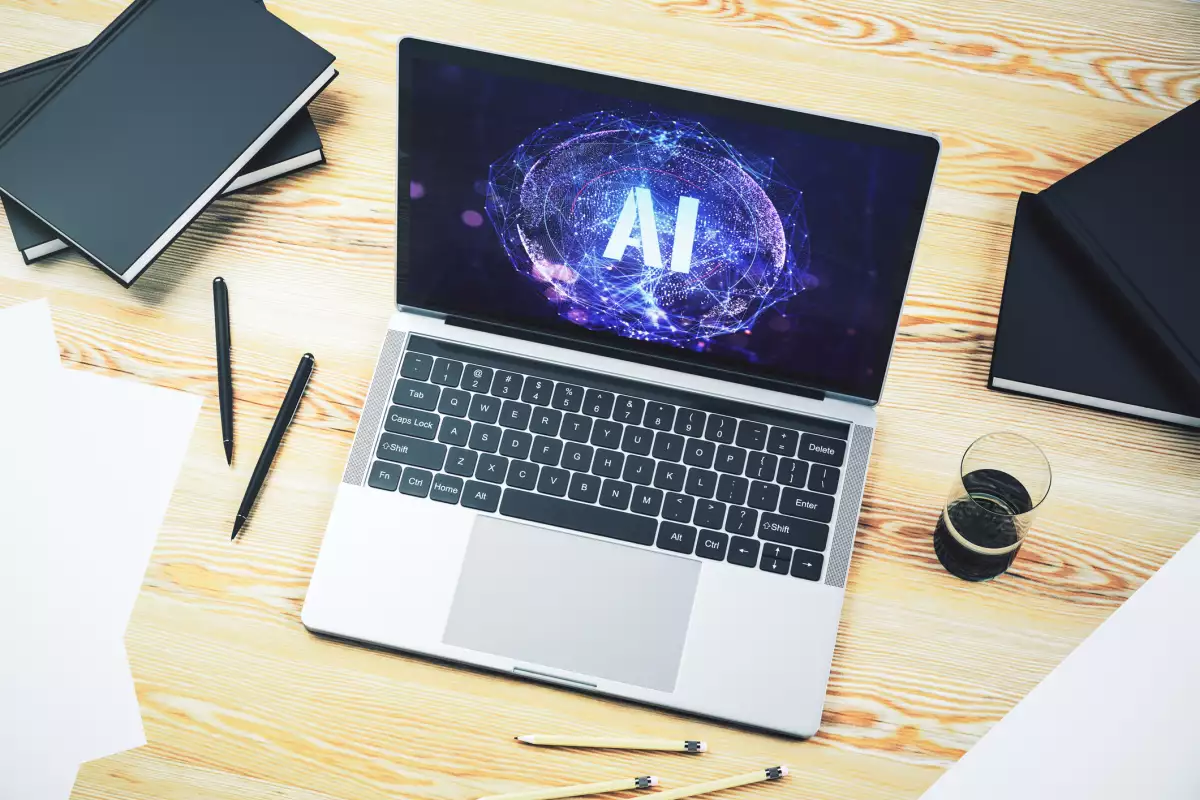
Tranding News
